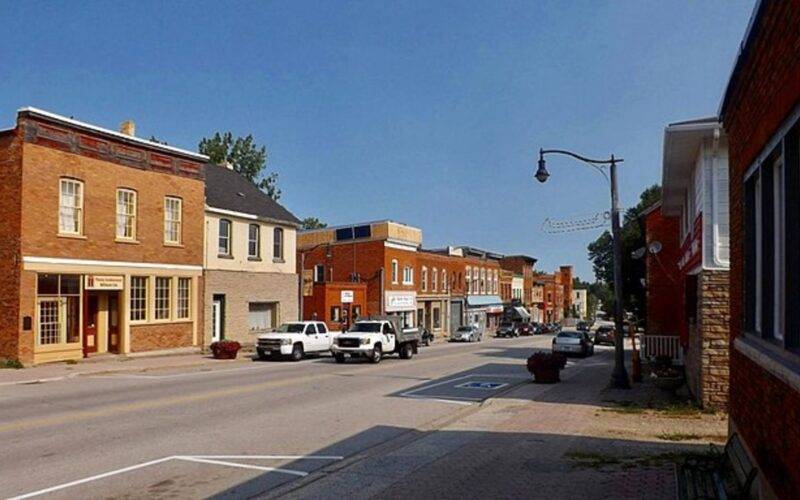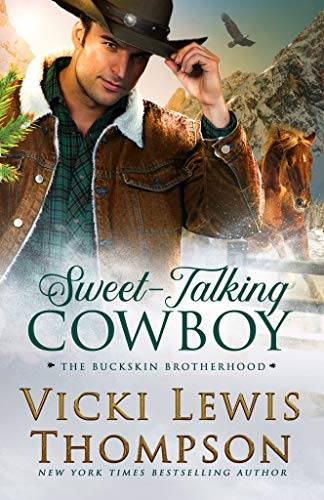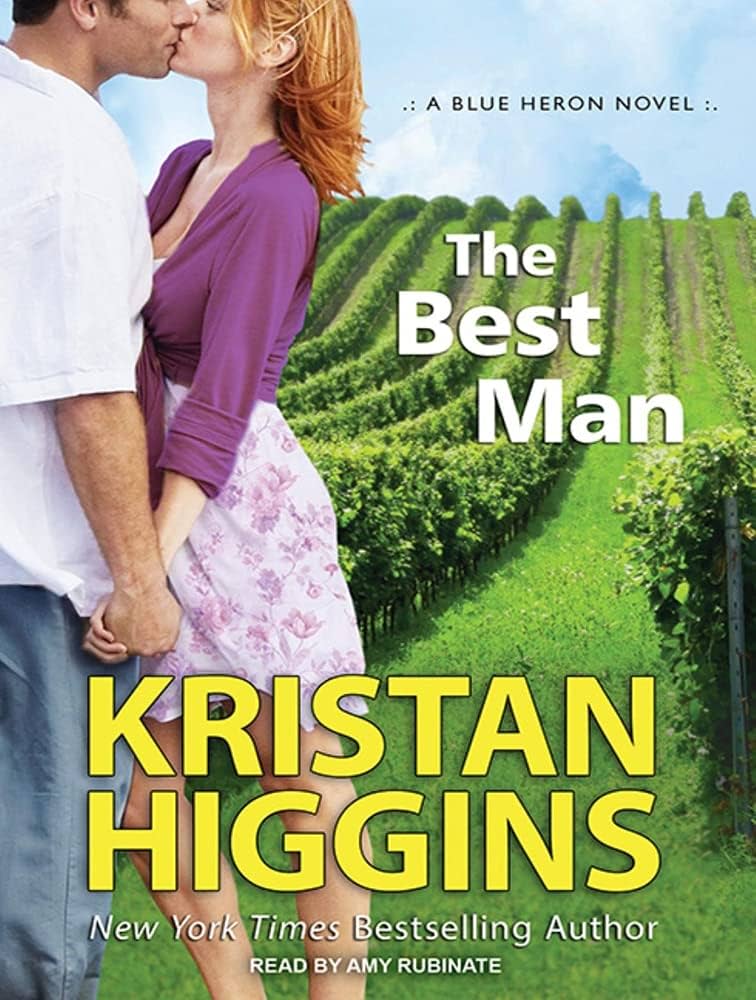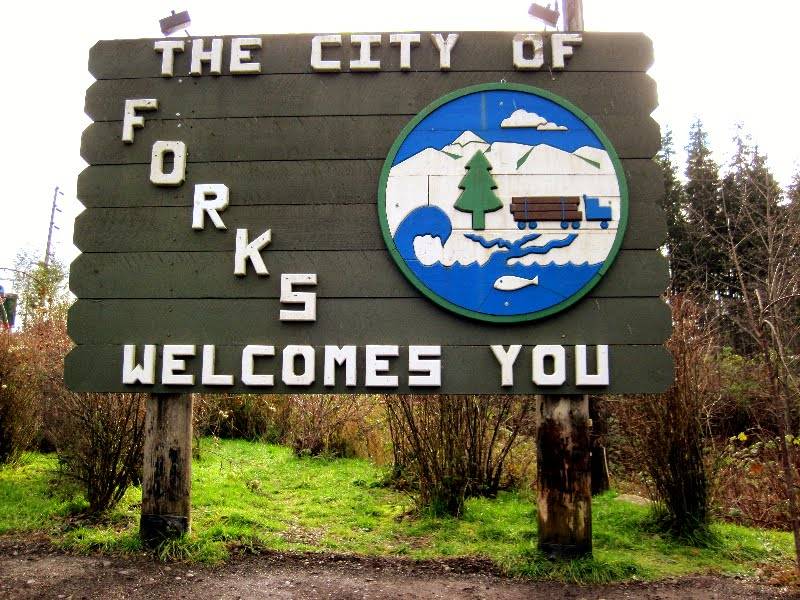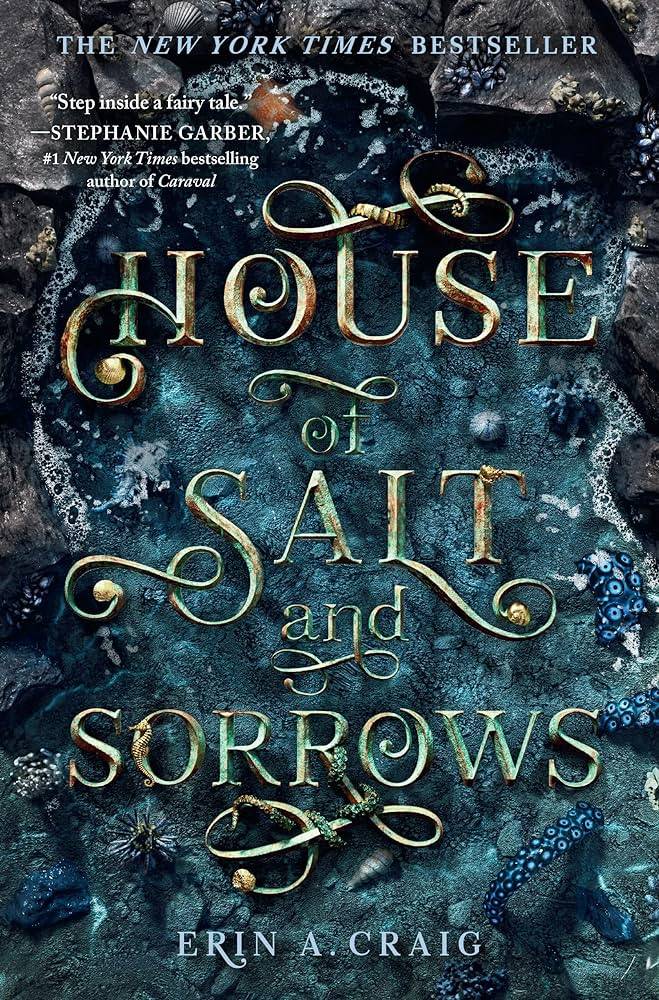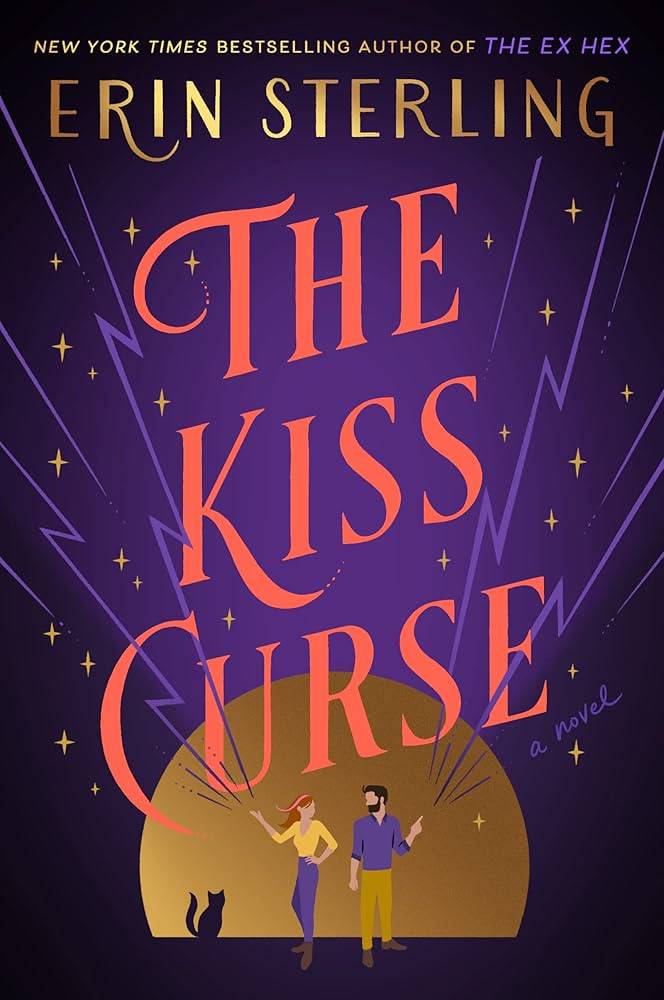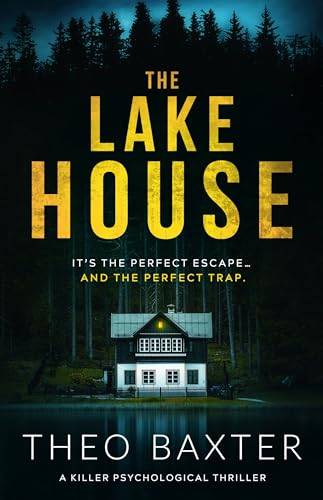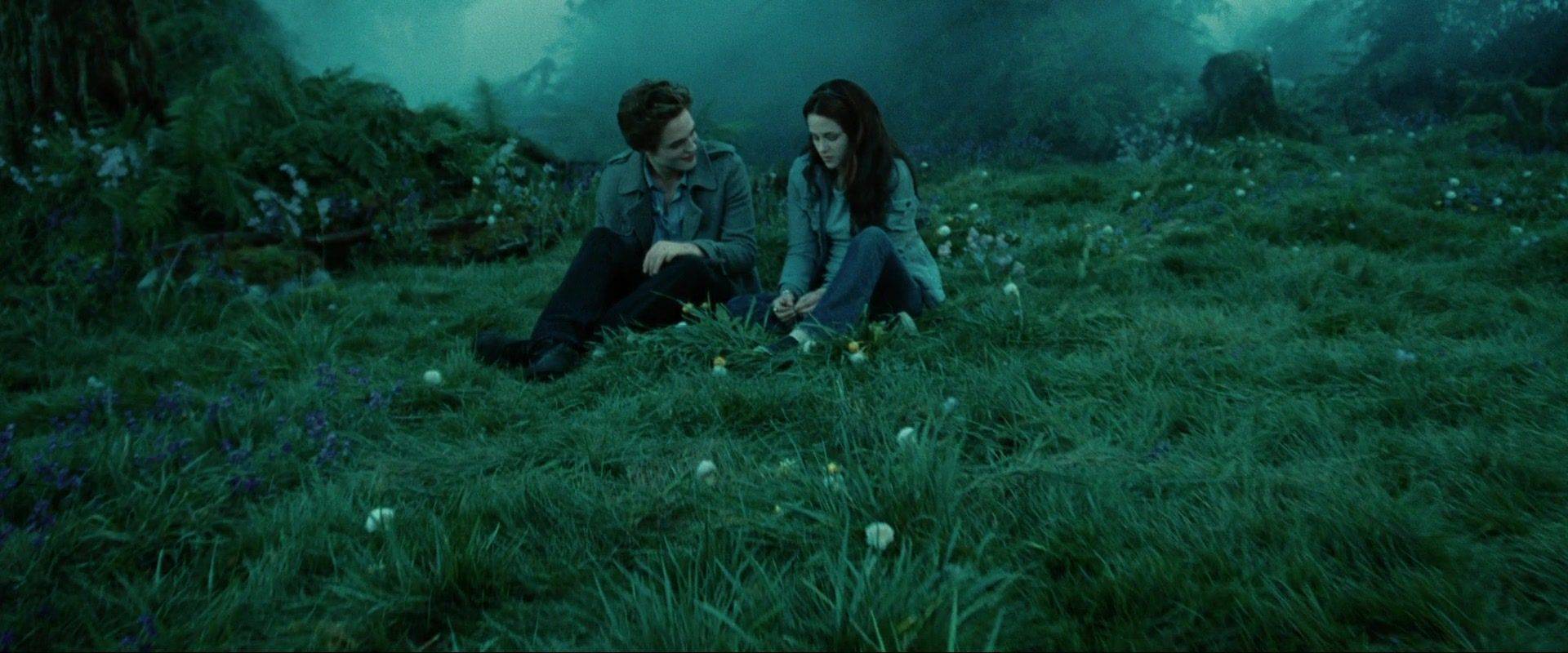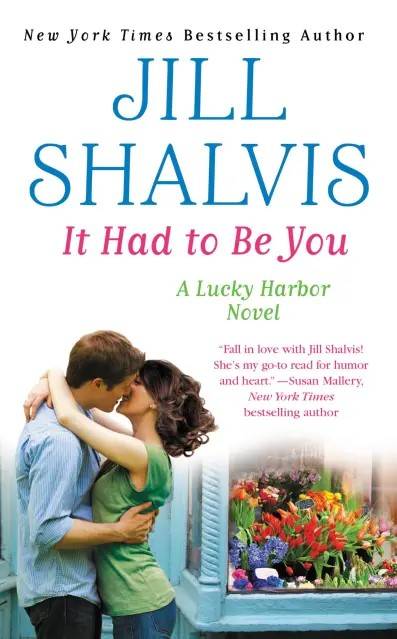Romance is one of those fluid genres which you can fit in any setting – and it’d still flourish. You can put your couple in a historical setting, bowing to each other in their gowns and suits. Or you can have them bump into each other in a metropolitan city. Better yet, you can even make the romance bloom on an isolated island, or even on a cruise ship as they sail on clear waters! But one of the most commonly used, yet still underrated, happens to be a small town.
What is a Small Town Romance?
Small town romances are the stories where the couple meet and falls in love in a small town. Usually, such novels start with one of the protagonists visiting the town or returning back. They come across the love interest, which kicks off their romance!
Firstly, when it comes to exploring the relationship that follows between the main characters, small town romances can be really versatile. Some romance can be really cheesy and domestic while some show angsty relationships that’ll hurt you before you get any solace.
However, these romances don’t just focus on the main protagonists. No! This setting involves a lot more elements, which may or may not affect the relationship of the main pair. There’s the local lore, a sense of community with a gaggle of character tropes, and a slower pace of life. Whatever role they play, all these elements come together to fit together like puzzle pieces. So, even if the tropes are common and overused, the small town setting will spruce it right up!
Top 5 Reasons Why Small Town Romances Are Appealing
If you dig a little deeper, you will find there are really many reasons why small town romances are interesting. These love stories are unique and most of their interesting facets come from the setting itself. Here are the top five reasons what exactly hooks the readers about small town romances:
-
Everyone Knows Everyone in A Small Town
In a small town, there are no secrets. Well, it can be a pro as well as a con, depending on how the author manipulates it for their romances. As a positive addition, the people in and around the protagonists’ lives become the most helpful people you’d ever see! They give support and a sense of belonging to the main characters, leaving them free to develop their romance.
For instance, in Vicki Lewis Thompson’s Sweet Talking Cowboy, the moment Lucy lands in the small town, every supporting character comes over to offer their love and support. From Henry and Leo to Kate, they shower Lucy with the kind of safety she was looking for, making her feel secure enough to explore her relationship with Matt. Now that’s the charm of small-town bonds!
However, the small town and its people can also function as the source of conflict and drama for the main characters. In Kristan Higgins’ The Best Man, everyone regards Faith as the jilted bride, even though she has a successful career and a peaceful life. This keeps her away from her home (Small) town for years, delaying the first meeting of the main pair. Even though the characters don’t actively keep them away, the mere presence of their gossip does affect their relationship. And not to forget, the ex-wife also returns to Levi’s life, disrupting their romance even further!
-
A Base to Explore Other Subgenres
Small towns are close-knit communities with each person having skeletons in a really heavily-guarded closet. It’s ironic, as, even if people here live on top of each other, the small towns’ compact nature helps to hide mysteries really well. So, if you think about it, small towns are the perfect setting for many other sub-genres mixed with romance.
For example, think of YA fantasy romance like Stephenie Meyer’s Twilight series, where the secluded and sombre mood of Forks helped camouflage the supernatural. Or, if you look into romantic suspense, Nora Roberts often indulges in small town settings for her stories to hide dangers and secrets. Lastly, in paranormal romances – such as Erin A. Craig’s House of Salt and Sorrows – the authors emphasize more on the eerie and isolated aspects of a small town, thus enhancing the paranormal side of the romance.
-
Small Towns and Character Tropes
In a small town romance, every character involved is a trope-y character! If we are talking about the main characters, there’s the boy-next-door hero, local business owner, high-school sweethearts and the outsider. Amazingly, the descriptions of these characters can change according to the story. For instance, in Erin Sterling’s The Kiss Curse, the local business owner is actually a witch! And in Leah Blair’s Marrying the Bad Boy Next Door, the boy-next-door is a movie star! How cool is that?!
Small towns also provide a worthy backdrop for supporting characters. There’s the town gossip, the overtly protective parent (sometimes, for a reason), the wise man, the sheriff, and the outcast. Funnily enough, some of these tropes can also be applicable to the main characters in small town romances. For example, Laura’s love interest in Theo Baxter’s The Lake House is presented as the weirdo outcast of the town that no one interacts with. But, by the end of the book, she’s in a loving relationship with Graham and moving in together!
-
Small Town Equals Home
Small towns often feel like home, with their cosy atmosphere and a community that will definitely gossip about you but won’t hesitate one second to help you whenever you need. And the romance genre takes advantage of this quality to the fullest.
More often than not, the main character – who might be returning back or shifting to the small town – ends up falling in love with the place. Usually, the protagonist always has a ticking clock on their heads for the duration of the book. But by the last chapter, they end up staying back in the small town… well, mostly for their love story, but also for how the small town makes them feel right at home!
-
Intense Romance
Last, but not least, a small town setting doesn’t have the same distractions as a big city. There is no need to arrange extravagant dates at a fine dining restaurant on the 666th floor or maintain your relationship over phone calls and Facetime. When the main pair fall in love in small towns, they are able to form a deeper emotional connection.
More often than not, the couple already know each other, or at least, have heard of each other. So, there is always a shared history, which makes them connect faster, all the while adding nostalgic layers to their blooming bond.
While the shared history is not the case for Jill Shalvis’ It Had to Be You, we see Ali and Luke’s undeniable chemistry right from the start. Ali’s boyfriend cheats on her, breaks up over text, and leaves without telling her the lease is up. On top of that, she’s also been accused of theft (thanks to the boyfriend for that too). This is the state Luke finds Ali, when he comes home – which is, or was, until a day ago, Ali’s house.
Luke allows her to live with him until she finds a permanent house while promising to help in investigating the theft. As they run across their beloved small town to solve this little mystery, sparks fly. Lust-filled sparks first, which quickly evolves into a sweet romance. But their romance is not all sexy talk, flirty banter and romantic declarations. Their relationship is also made up of intense emotional vulnerability and helping each other grow, all against the backdrop of the beautiful Lucky Harbor.
Final Words
Don’t be fooled by its name – a small town can actually be a huge playground to build a story, especially a romance. This particular setting is bound by a number of characteristics that resonate with readers on a deeper level. It provides a sense of belonging, flawed characters that you can’t help but love, and a homely yet intense romance! Admittedly, you may find these elements in other romance settings too, but you know what? Small towns just do it better!

